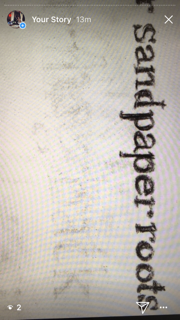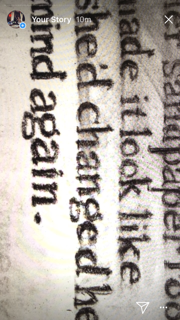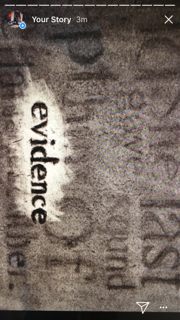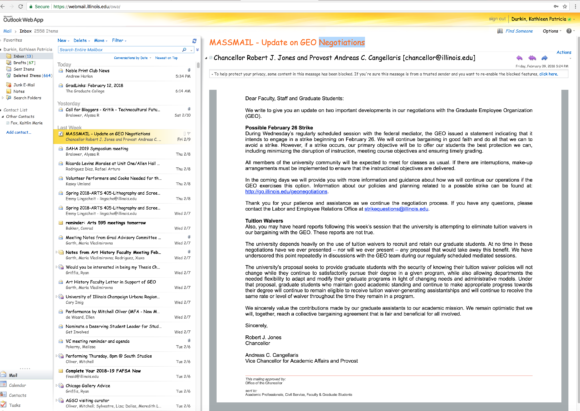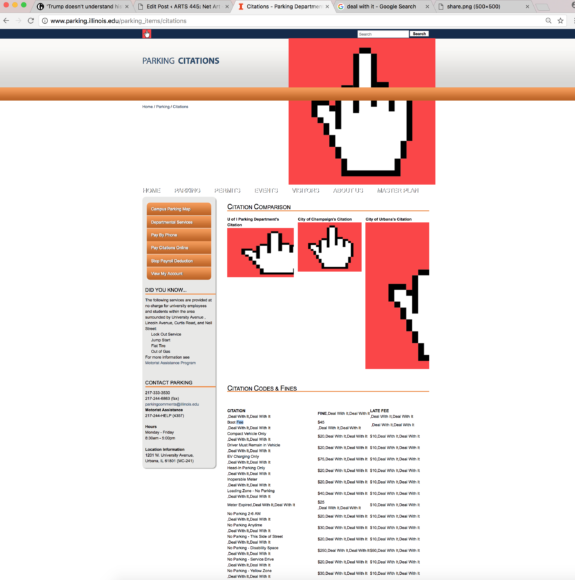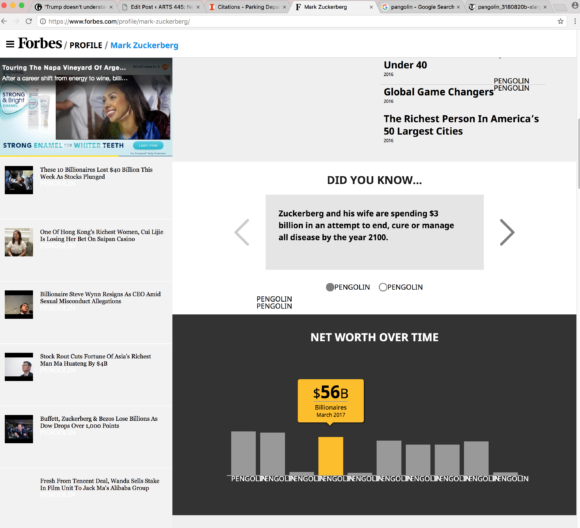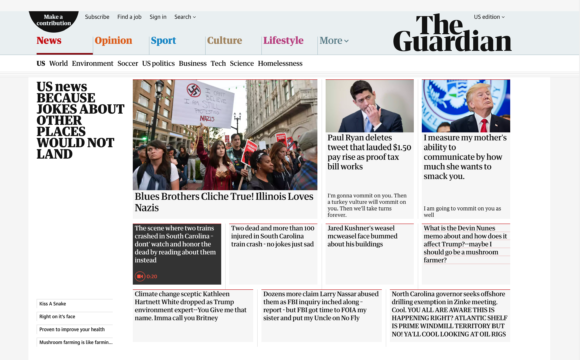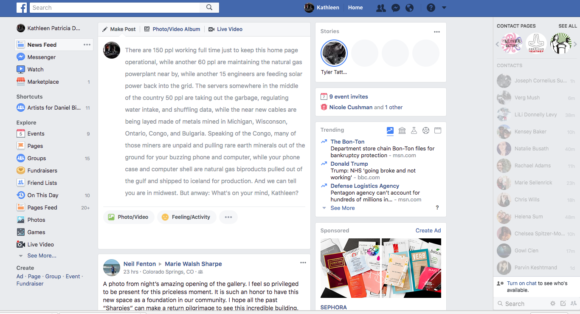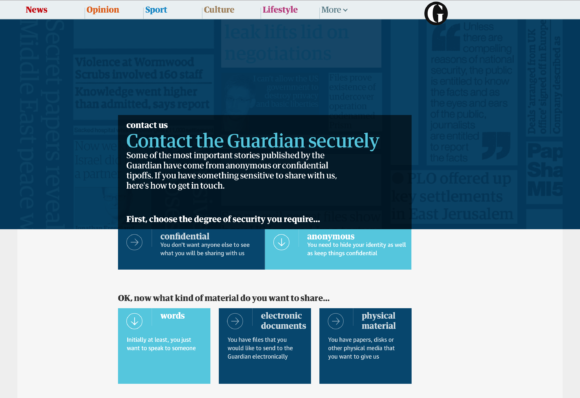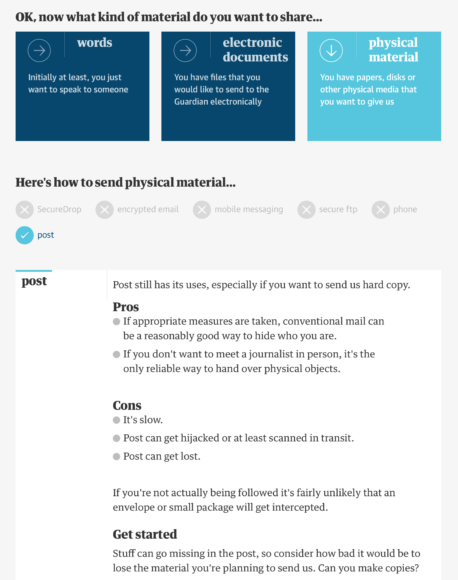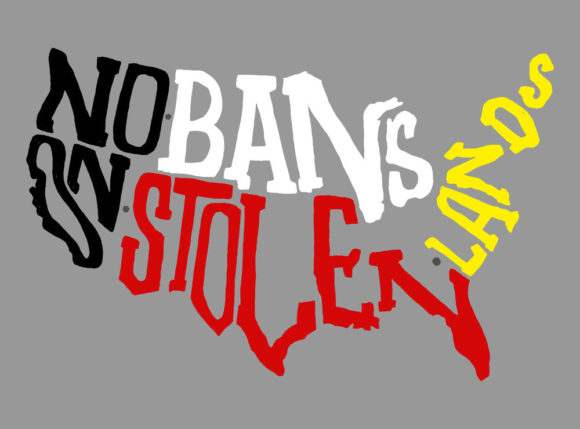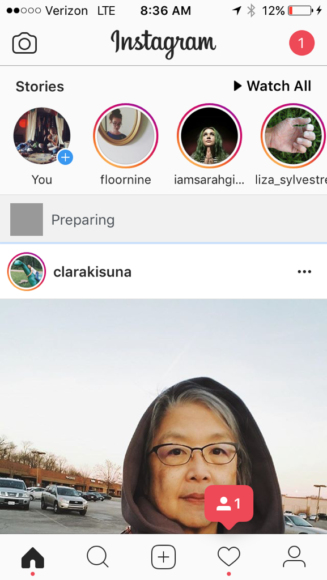Instagram is a medium used by many “self starters” and the platform is functioning to promote quick clicking and fast consumption of images. I wondered if I couldn’t use that impulse to make something else appear in the process. There is not any political content in this story construction but this may be a nice jumping off plat form in the future.
Day 1. I created Beethoven’s 9th symphony using an internet tone generator to help test hearing loss. (my friend Liza couldn’t the tones). Each color in the story was a short video of 7 seconds. Each separate upload to the story is a separate color and note. The song plays slowly if you watch them for their whole duration and plays more effectively if you give into the compulsion to click through quickly.
The first day showed there was a consistent 40 people who were following the song all the way to the end.
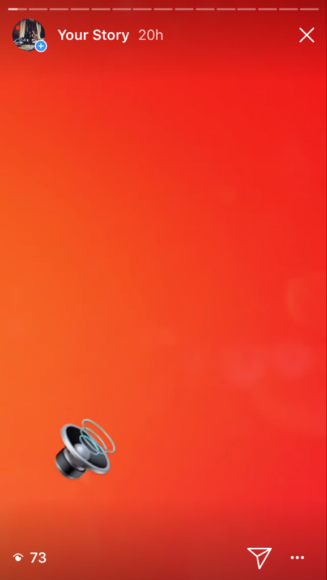
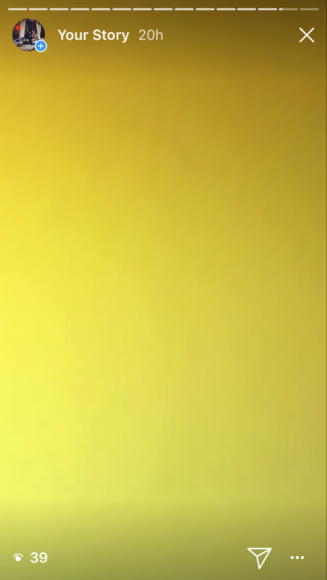
Day 2. This day was poor posting time if you want a lot of viewers. I posted Twinkle Twinkle Little Star late at night. the song had a few more notes to it but upon playing the song back for myself I realized the tapping delay was causing viewers to drop off if the playing of the note was not immediate. The color field showed no shift so it didn’t make the delay apparent. So the following story would have to be different.
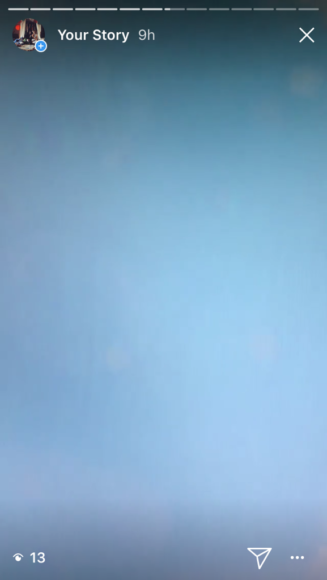
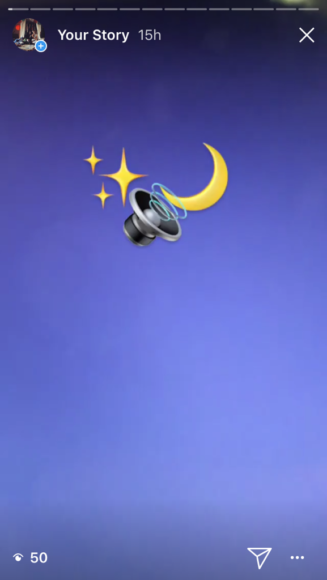
Day 3 was a stop motion film with no sound. The film is a poem that I animated in charcoal and already existed in film format. I uploaded as many frames I could to see what the limit would be. I reached a limit of approximately 120 images in the story before the app started deleting the first images. The app also reflected that I had slowed it on my phone and it showed glitches that the story had a good hundred photos deleted.
The story now has less viewership now but I’m getting more private messages about the piece.
